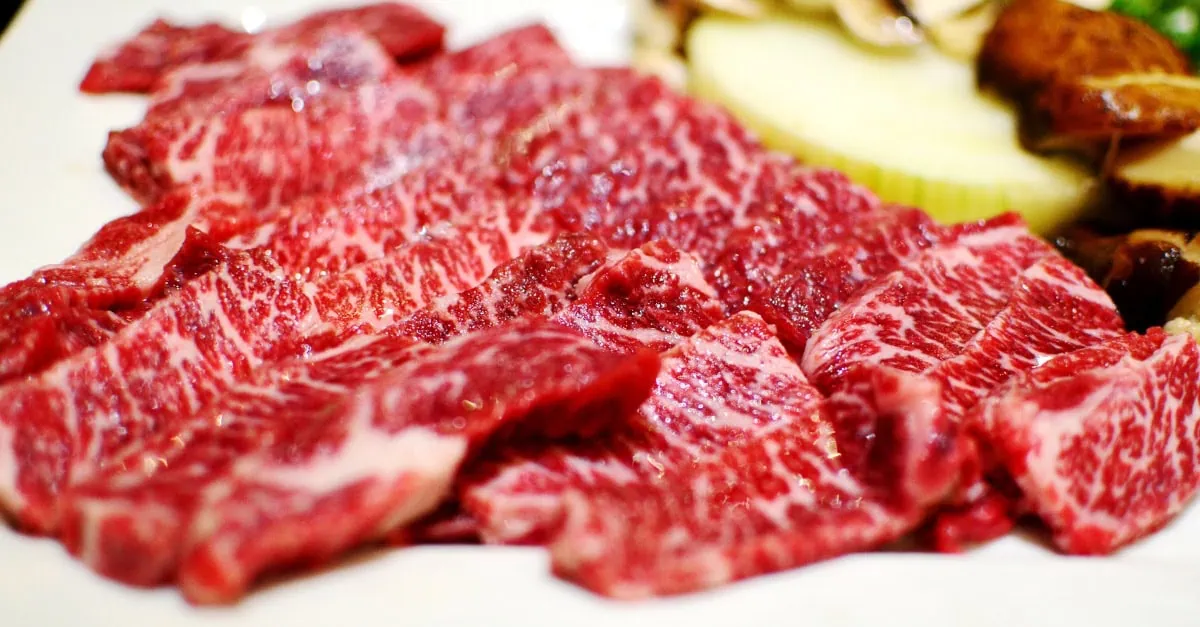November 6, 2025 — Cattle performance has strengthened in recent weeks, pushing grading premiums to all-time highs for this time of year, while the choice-select spread has compressed to unusually narrow levels.
Record grading performance
Favorable conditions have driven exceptional cattle quality this fall. Cooler weather combined with relatively cheap grain has supported strong animal performance.
Prime grading cattle have ranged from approximately 11.5% to nearly 12.8% of total production so far this fall. Choice grade cattle have averaged mostly in the 72.0%-72.5% range, with a peak of 73.2% reached in mid-October.
Both figures represent all-time highs for this period, according to analysis from LeftField Commodity Research.
Narrow choice-select spread
The choice-select spread has contracted significantly compared to recent historical patterns. The spread has averaged less than $20 in five of the past six weeks and appears likely to fall short of that threshold again this week.
This compression reflects the shift toward premium grading alongside potential buyer behavior. With fed beef markets in an elevated position overall, some buyers may be substituting more select grade product to manage costs.
Over the past five years, the choice-select spread has typically averaged between $21 and $25 during the early to mid-fall period. The current spread has been trending mostly lower since late August.
Strong demand persists
Composite fed beef demand, measured on a wholesale basis and adjusted for seasonality, remains at elevated levels with limited signs of slowing.
After firming recently, the choice cutout appears to be stabilizing in the upper-$370s per cwt. Individual primal cuts show mixed trading patterns this week compared to last week, consistent with the sideways movement in weighted carcass value.
Briskets have gained strength and continue leading price increases. However, this has been offset by weakness in the chuck market. The rib market has also softened unexpectedly, despite typically strengthening ahead of the holiday season.
Outlook and market pressures
With seasonally-adjusted demand stretched to high levels, the choice cutout is expected to begin declining over the next one to two weeks. Analysts project the cutout will retreat below $360 per cwt, and eventually below $350 per cwt, by year’s end.
The broader cutout value generally begins declining ahead of Thanksgiving, following typical seasonal patterns.
Packer margins have improved from recent lows. Recent gains in wholesale values combined with concessions on the live cattle side have narrowed estimated losses in this segment to approximately $50-$75 per head.
Futures market volatility
Cattle futures experienced significant selling pressure this week, with most contracts for both live and feeder cattle finishing limit-down in Tuesday’s session.
Several factors contributed to market uncertainty: recent comments from President Trump about importing more beef from Argentina to lower domestic prices, Agriculture Secretary Rollins expressing openness to reopening the border to live cattle imports from Mexico, and uncertainty around the Supplemental Nutrition Assistance Program (SNAP) amid broader government shutdown concerns.
The rapid futures market adjustment has shifted valuations considerably. Some feeder cattle contracts (May26-Oct26) that were previously considered overvalued by $30-$40 now appear undervalued by $15-$30.
Cash feeder cattle prices have declined over the past couple of weeks in response to eroding feedyard margins, though the market has not experienced a complete collapse.
For real-time beef prices, visit: app.vespertool.com
